
Manage MySQL Databases and Users Using The CLI
Managing MySQL databases and users with the MySQL Command Line Shell for better control, speed, and flexibility.
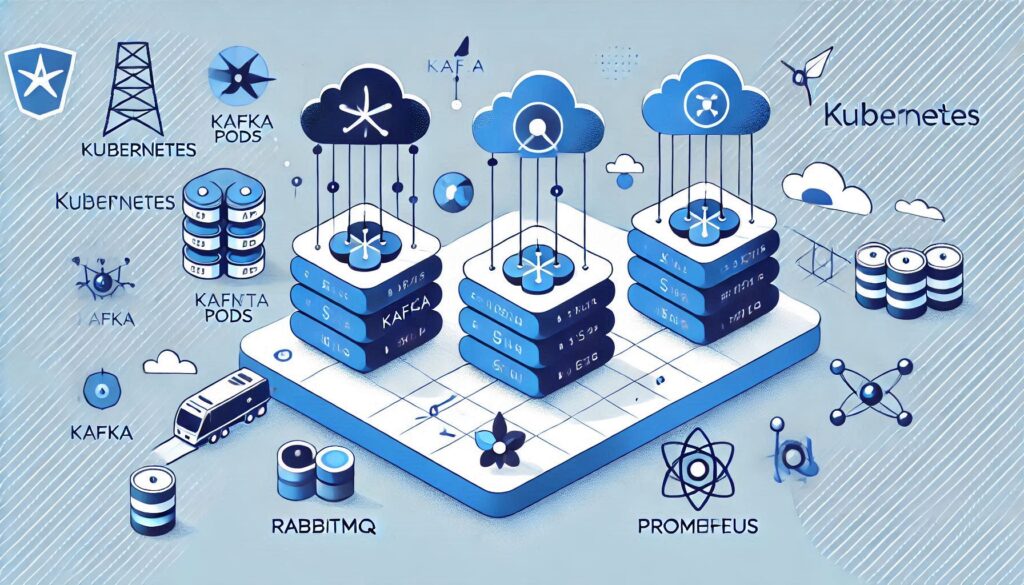
What is KEDA: Kubernetes Event-Driven Autoscaling
What KEDA is and how it brings event-driven autoscaling to Kubernetes, enhancing scalability and resource efficiency.
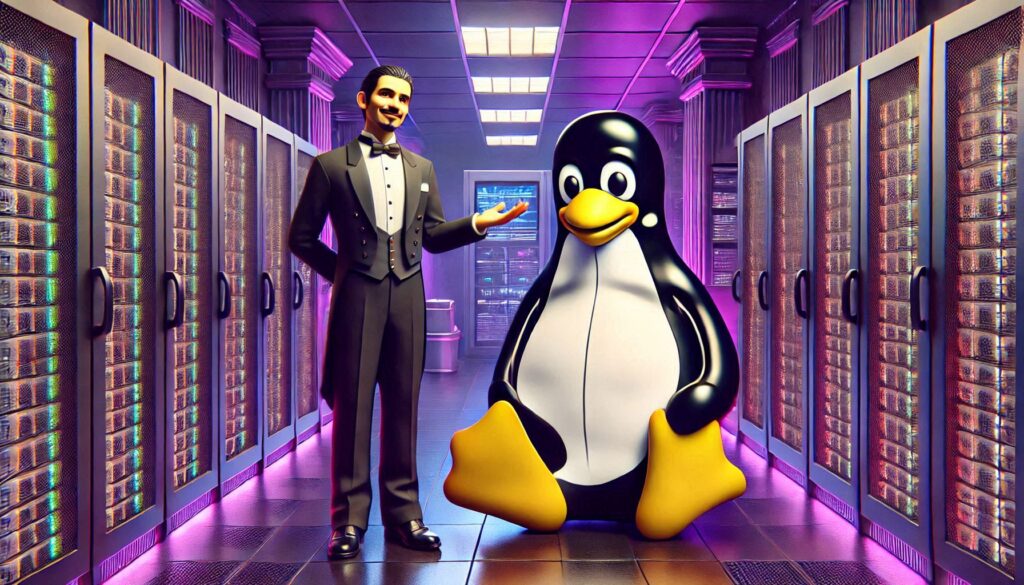
Creating a Linux Service with systemd
Learn how to create a Linux service with systemd, from defining unit files to troubleshooting, with practical tips and examples.
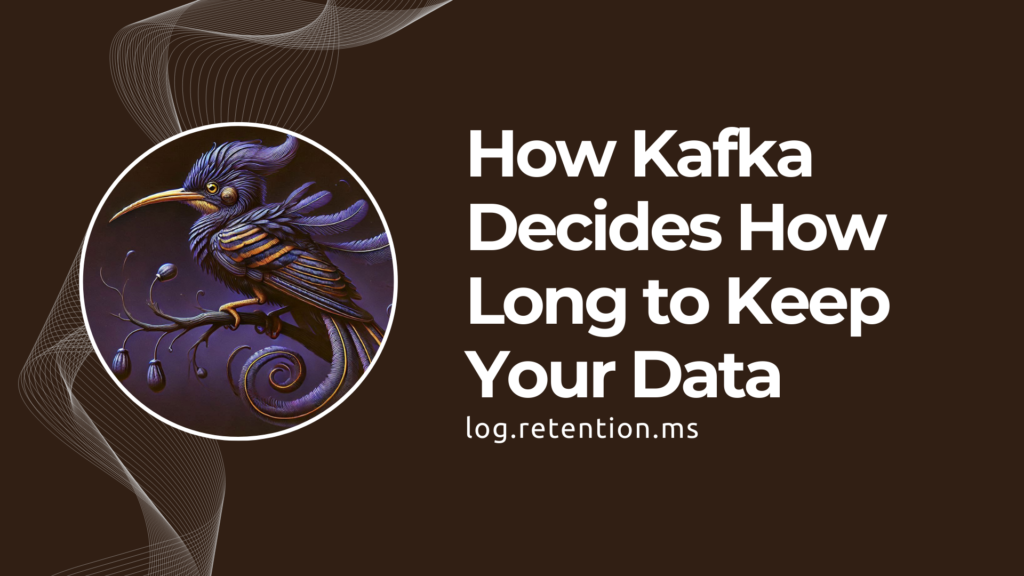
Kafka retention.ms: How Kafka Decides How Long to Keep Your Data
Learn about Kafka retention.ms, how it controls data retention in topics, and best practices for managing Kafka storage efficiently.
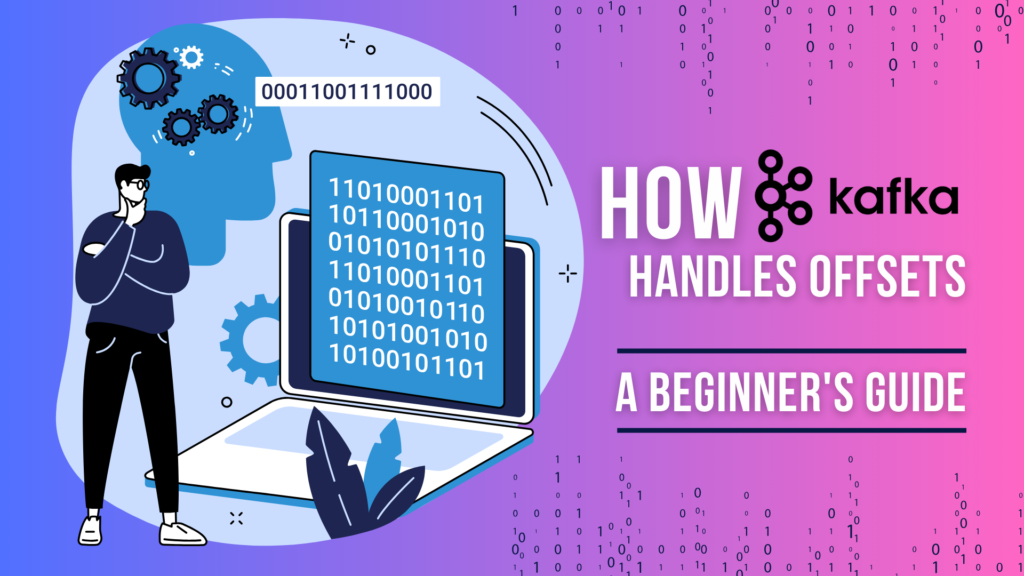
How Kafka Handles Offsets
How Kafka handles offsets to track message processing, ensure reliability, and scale your applications seamlessly.

Kafka Idempotent Producer: Exactly-Once Message Delivery
In distributed systems, things can go wrong. The Kafka Idempotent Producer ensures exactly-once delivery within a partition.

Kafka Message Size Limit: Strategies for Sending Large Messages
Learn how to handle Kafka's message size limit and strategies to send large messages efficiently without compromising performance.

Zookeeper vs kRaft: Understanding the Differences for Apache Kafka
Compare Zookeeper vs kRaft in Apache Kafka. Learn their differences, features, and benefits to choose the best for your Kafka deployment.
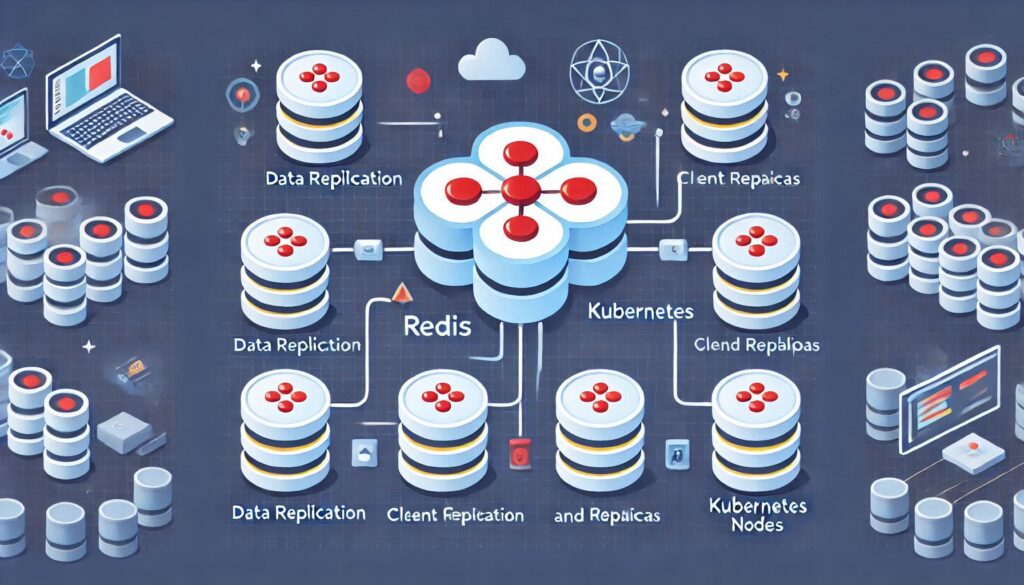
Install Redis Cluster on Kubernetes
Learn how to install a Redis cluster on Kubernetes for scalable, distributed caching and storage. Step-by-step instructions.
